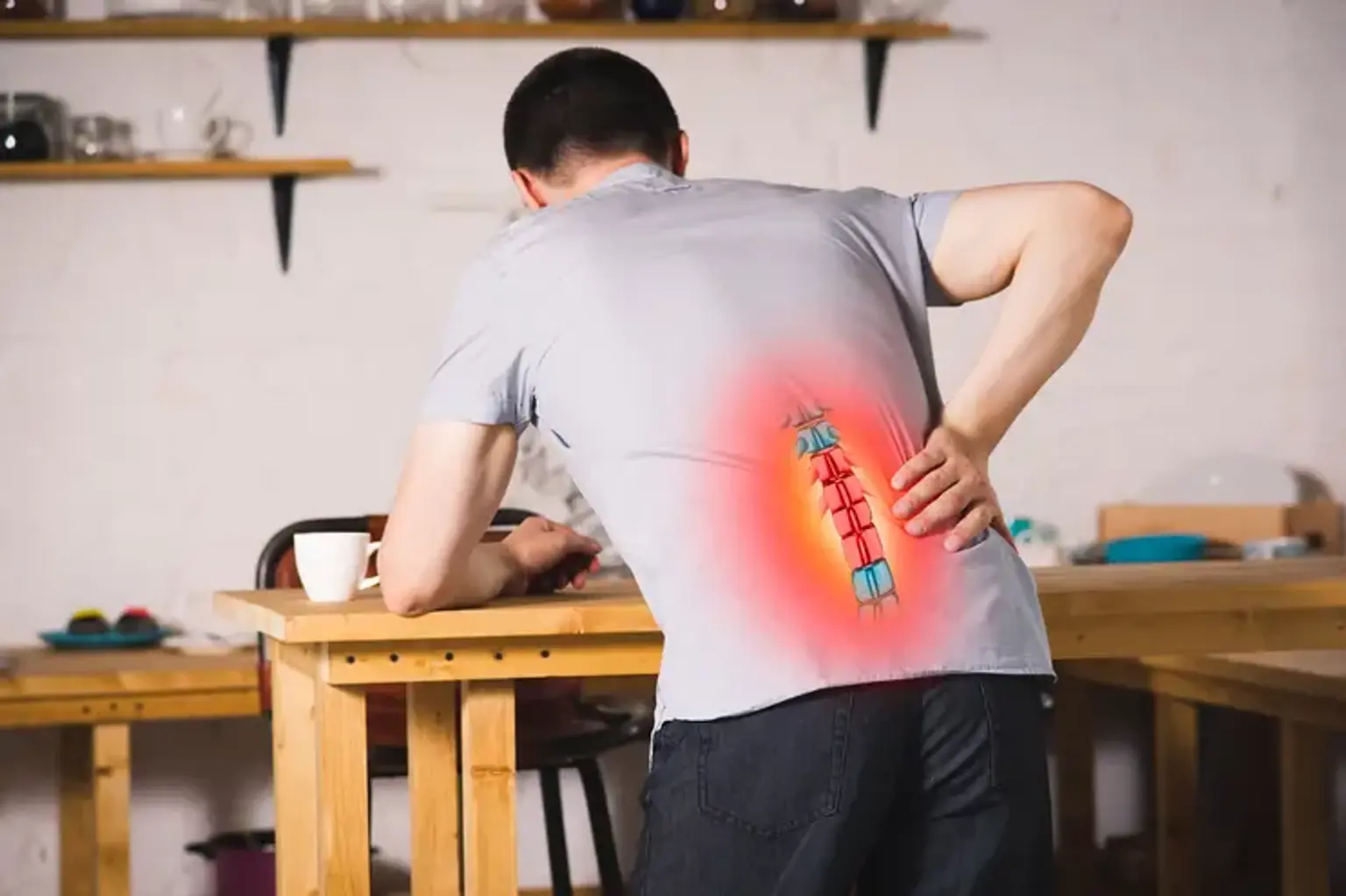Posterolateral Endoscopic Lumbar Decompression
Overview
The spine is composed of 24 bones called vertebrae that are placed on top of one another. These bones join together to form a canal that protects the spinal cord.
Intervertebral disks Flexible intervertebral disks exist between your vertebrae. These disks are flat and spherical, and roughly a half-inch thick.
When you walk or run, your intervertebral disks absorb force. They are composed of two parts:
